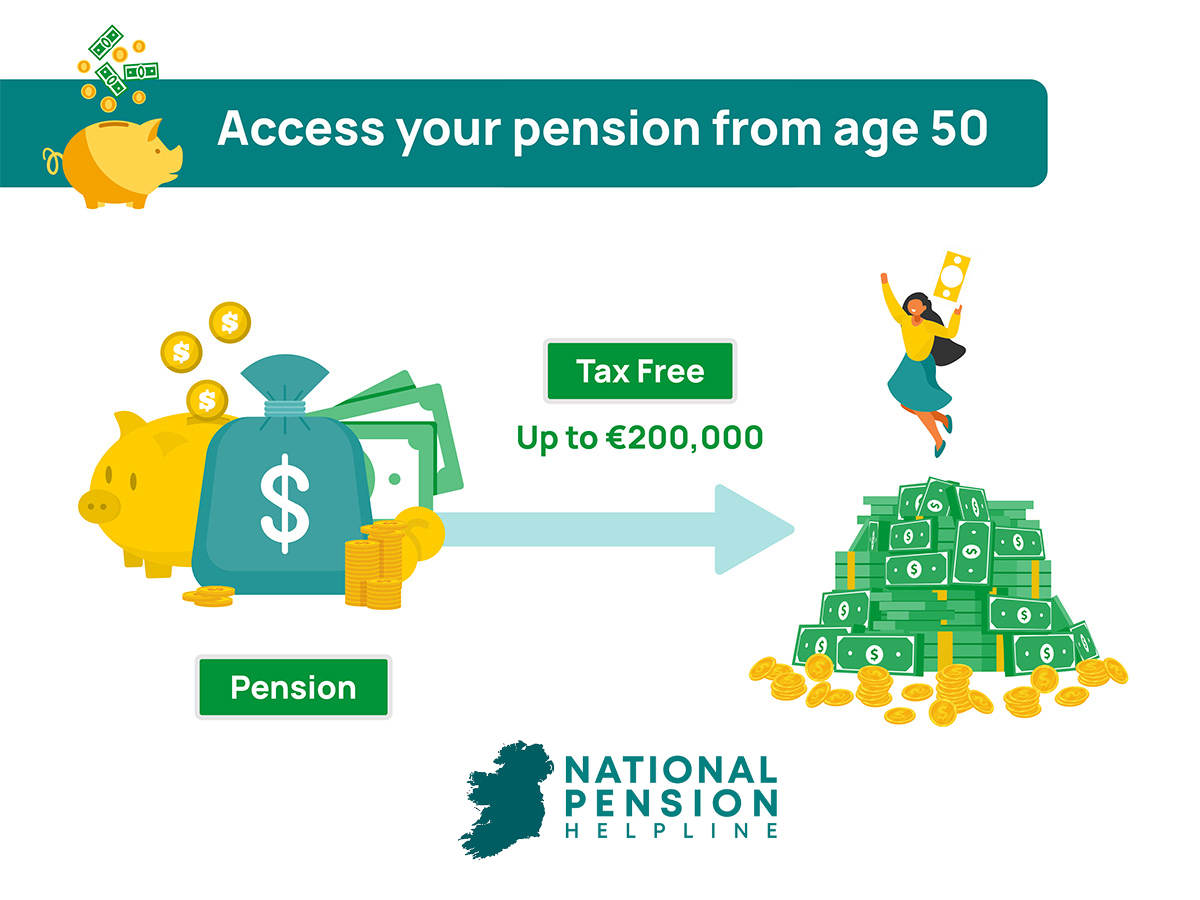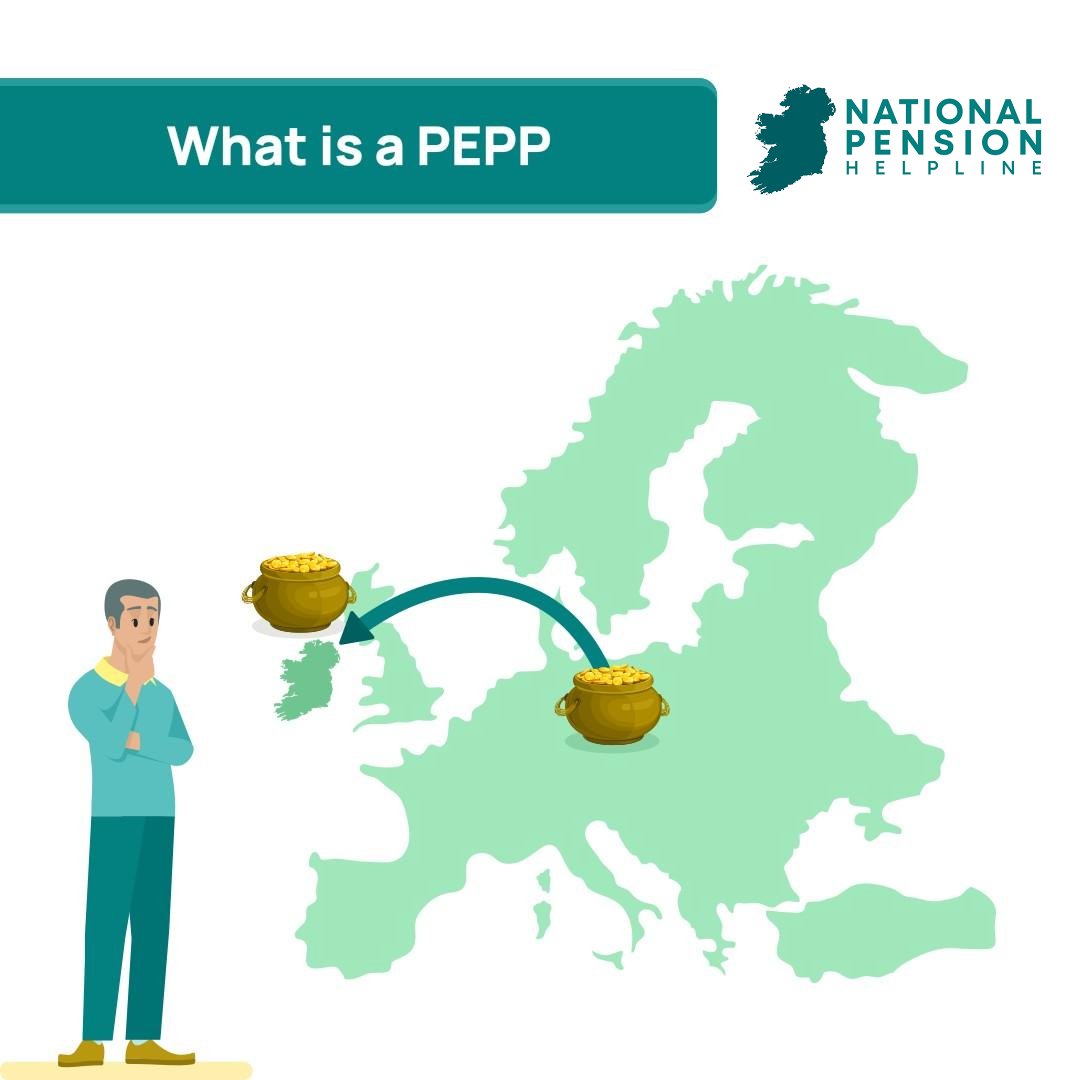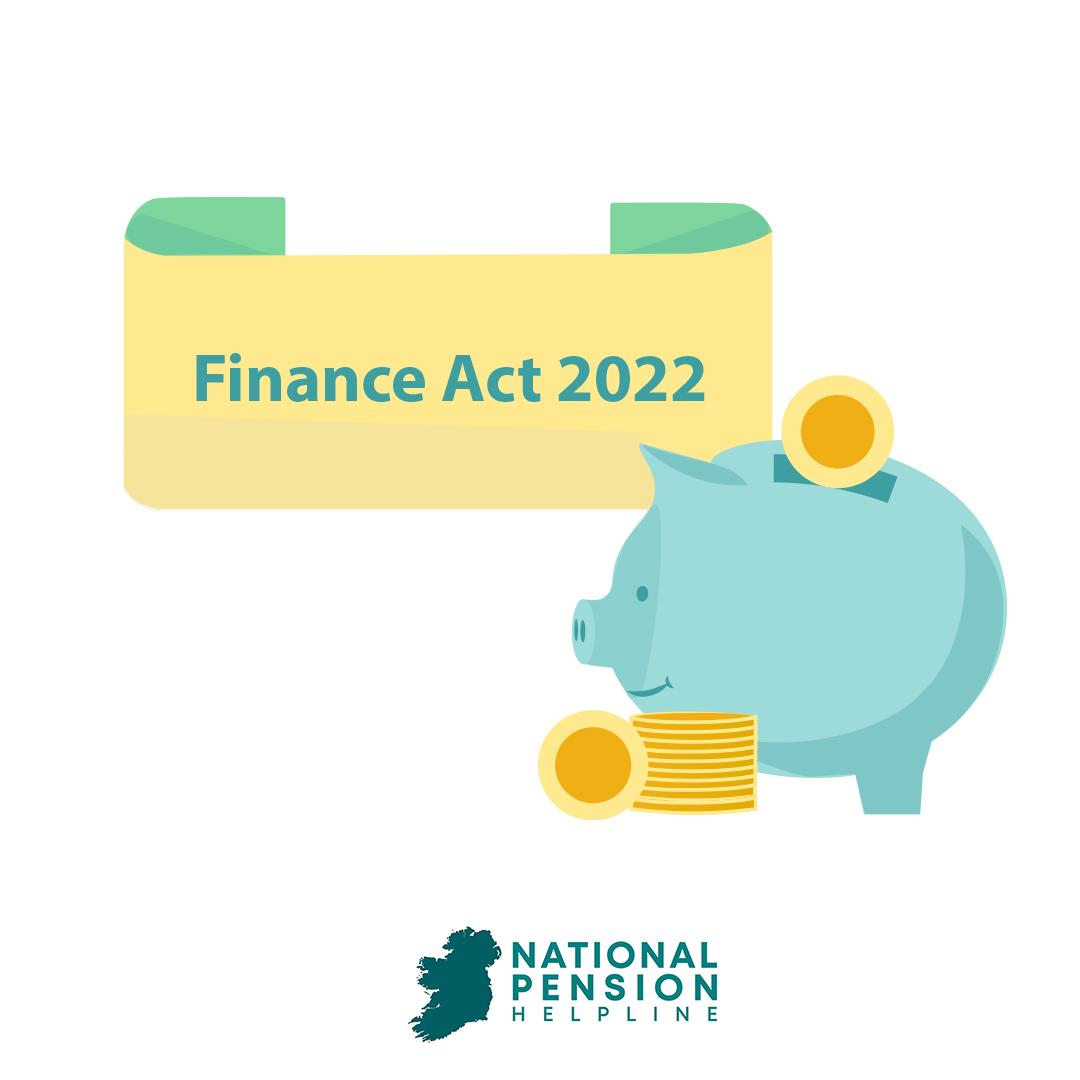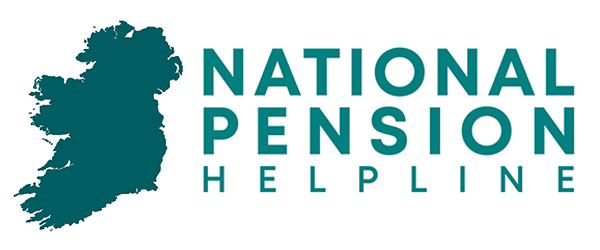Introduction
On the 15th December 2022, Ireland’s Finance Act 2022 was signed into law. With it, came three major changes to pensions in Ireland. This article will explain each of these changes and what they mean for the future of saving for retirement in Ireland. Finance Act 2022 in its raw form can be found here.
Change #1 – Personal Retirement Savings Accounts (PRSAs)
Perhaps the most significant change introduced by Finance Act 2022 was in relation to personal retirement savings accounts (PRSAs).
PRSAs have, for many years, been Ireland’s cornerstone personal pension product. For those who are self-employed or for those in non-pensionable employment, PRSAs have been the primary means by which provisions for retirement are made. For those fortunate enough to have access to an occupational pension scheme,
PRSAs can be used for the purposes of making additional voluntary contributions (AVCs), above and beyond what is permitted within the company scheme.
However, prior to Finance Act 2022, PRSAs came with a major drawback, one which put individuals in non-pensionable employment at a significant disadvantage as compared to their counterparts availing of occupational pension schemes.
Under the old rules, if an employer made a contribution to an employee’s PRSA, that contribution would be counted towards the employee’s age-related contribution limit. You can read more about these age-related limits and the max pension contributions in Ireland.
s787E(2) TCA 1997 used to stipulate that an employer contribution to an employee’s PRSA would be treated, in the eyes of the tax law, as if it were made by the employee.
Furthermore, if the employer contribution resulted in the employee’s age-related contribution limit being surpassed, a benefit in kind (under s118(5) TCA 1997) would arise, thus resulting in a charge to income tax and PRSI.
No such rules were applicable to employer contributions made to an employee’s occupational pension scheme, thus making occupational pension schemes, comparatively, more favourable than PRSAs from a tax perspective.
| Age | Max % of total pay |
|---|---|
| Under 30 | 15% |
| 30 – 39 | 20% |
| 40 – 49 | 25% |
| 50 – 54 | 30% |
| 55 – 59 | 35% |
| 60 + | 40% |
This is best explained using an example. Take an employee who is aged 36. As per the Taxes Consolidation Act 1997, he/she may invest a maximum of 20% of his/her salary into a PRSA and/or occupational pension scheme in any given year.
The employee may choose to invest more than 20% if he/she wishes, but any excess over 20% won’t qualify for tax relief in that year. Say the employee in this case decides to contribute 10% of his/her salary to a PRSA.
If the employer decided to make a contribution to the employee’s PRSA equal to, say, 5% of the employee’s salary, in the eyes of the tax law (prior to Finance Act 2022) the employee will have used 15% out of their allowable 20% age-related contribution limit.
This is despite the fact that the employee has only contributed 10% personally.
That’s because, prior to Finance Act 2022, both employee and employer contributions to an employee’s PRSA counted towards the employee’s age-related contribution limit.
However, if the same employee contributed 10% of his/her salary to an occupational pension scheme and the employer contributed a further 5% to such, in the eyes of the tax law, the employee will only have used 10% out of their allowable 20% age-related contribution limit.
Therefore, the employee invested in the occupational scheme has 10% left to play with, whereas the PRSA investor only has 5% – despite both making the same comparative contributions. This treatment was unfair on the PRSA investor.
As a result of Finance Act 2022, employer contributions made to an employee’s PRSA are no longer counted towards the employee’s age-related contribution limit. This was achieved through the deletion of s787E(2) TCA 1997.
Furthermore, s118(5) TCA 1997 was amended to exclude employer contributions to an employee’s PRSA from qualifying as a benefit in kind (BIK), and thus removing any previous charge to tax arising from such.
This is a great outcome from both employers and employees. Employers can now elect to use a PRSA as their primary pension offering and, if they wish, they can contribute to their employees’ accounts without using up their employees’ age-related contribution limits and without risking a potential benefit in kind.
Employees investing into PRSAs can now avail of their full age-related contribution limits, regardless of employer contributions, thus bringing PRSAs in line with occupational pension schemes.
Change #2 – Lump Sums from Foreign Pension Arrangements
The second major change made to pensions in Ireland as a result of Finance Act 2022 was in relation to lump sums taken from foreign pension arrangements.
The reference to ‘lump sums’ here is in relation to cash withdrawals from a foreign pension arrangement. You can learn more about cashing in your pension in our in depth pension withdrawal analysis.

As per Irish tax law, you can withdraw up to 25% of the value of your pension as a tax-free cash lump sum – subject to a maximum lifetime limit of €200,000. The limit of €200,000 applies to all cash lump sums taken, be it lump sums taken at different times and/or lump sums taken from different pension arrangements.
The next €300,000 of cash lump sums taken (i.e. from €200,001 – €500,000) are taxed at a flat rate of 20%. Any cash lump sums in excess of €500,000 are liable to income tax at the marginal rate and USC (hence why it’s typically not advisable to take lump sums in excess of €500,000). If you would like to see this in action you can visit our tax free lump sum calculator
So where do foreign pension arrangements come in? As a result of Finance Act 2022, s200A(2) TCA 1997 now stipulates that where a cash lump sum is paid from a foreign pension arrangement (for example, a UK pension) to an individual who is tax resident in Ireland, that cash lump sum shall be treated the same way as lump sums received from Irish pension arrangements.
In other words, cash lump sums taken from both Irish and foreign pension arrangements, by an Irish tax resident, will count towards the tax-free lump sum limit of €200,000. The taxation of such foreign lump sums, from €200,001 to €500,000, and indeed from €500,000+, will also be the same as lump sums taken from Irish pension arrangements.
This change is of particular significance to any expats currently living abroad who, at some point, in the near or distant future, are planning on returning to Ireland with a foreign pension arrangement under their name. Learn more about transferring your UK pension to Ireland.
Change #3 – Pan-European Personal Pension Products (PEPPs)
The pan-European personal pension product (PEPP) is a brand new, voluntary personal pension scheme that offers EU citizens a new way to save for retirement.
As per the requirements of Eiopa, “PEPP savers need to be treated in the same way as savers in national pension schemes and products”.
In the Irish context, that would mean that the tax benefits associated with investing in a PRSA would also have to be extended to investments in a PEPP.

As such, Finance Act 2022 enacted PEPPs into Irish tax law. PEPPs are now represented by Chapter 2D in the Taxes Consolidation Acts 1997.
The effect of this is that PEPPs are now treated the same way (from a tax perspective) as PRSAs. Therefore, all of the positive changes which we discussed at the beginning of this article in relation to PRSAs are equally as applicable to PEPPs.
PEPP investors are subject to the same age-related contribution limits as investors in PRSAs and occupational pension schemes.
Most importantly, contributions to a PEPP are not subject to Irish income tax (within the specified age-related and monetary limits).
This can represent a potential tax saving of €40 for every €100 invested in a PEPP, or an automatic investment gain of 67%! What’s more, once invested, PEPP contributions are permitted to grow completely tax free (no tax charged on investment income and gains).
Finally, once you eventually retire and decide to withdraw from your PEPP, up to 25% of the value of the PEPP can be withdrawn as a tax-free cash lump sum (subject to the lifetime limit of €200,000 as already specified).
Closing Words
If you’d like to learn more about how Finance Act 2022 will impact your pension, the National Pension Helpline has a panel of vetted pensions experts who can help.
Just submit your information through the website and you’ll be matched with the expert best suited to your situation.




